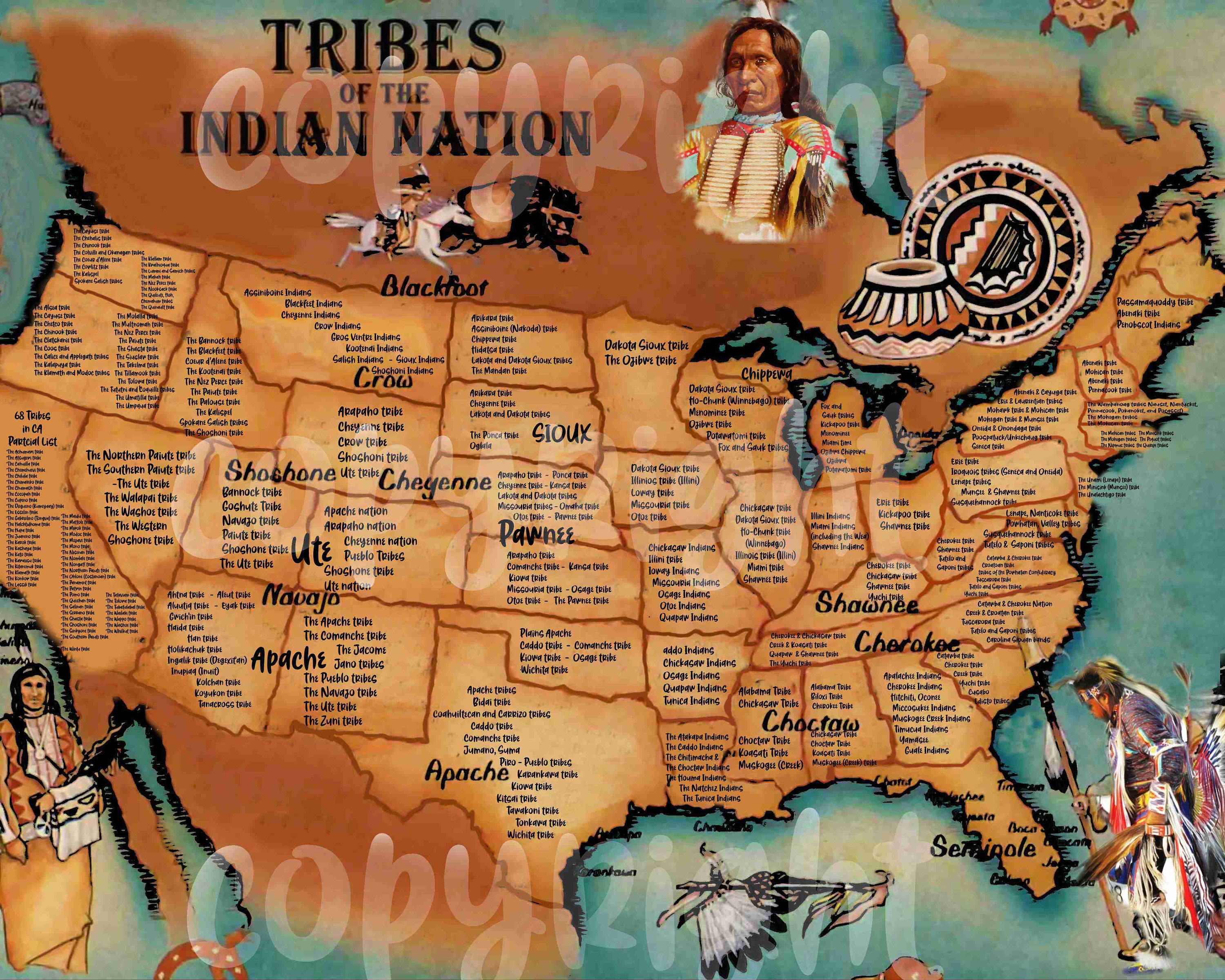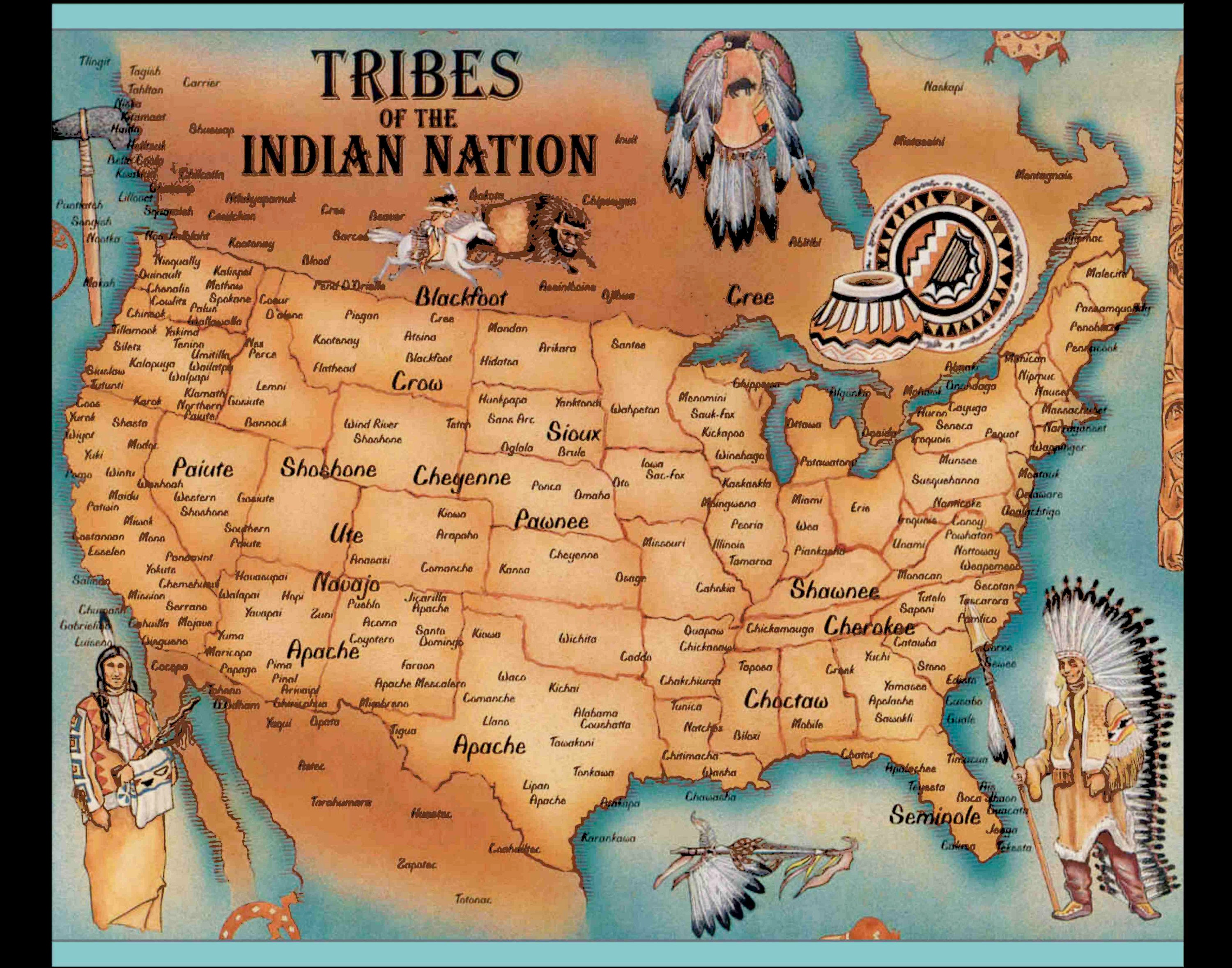
The Literary Cartography of Indigenous America: A Map of Native American Authors
Imagine a map, not just of roads and rivers, but of stories and voices. A map where every geographical marker isn’t a city, but a nation, a people, and a profound literary tradition. This is the conceptual "Map of Native American Authors" – a vibrant, ever-evolving cartography that traces the enduring presence, resilience, and unparalleled creativity of Indigenous peoples across North America. Far from being a mere list of names, this map is a powerful educational tool and a crucial guide for any traveler seeking a deeper, more authentic understanding of the continent’s true history and diverse identities. It’s an invitation to journey through time, culture, and the very soul of Indigenous America, directly from the pens of those who have lived its intricate tapestry.
Beyond Borders: What the "Map" Truly Represents
When we speak of a "Map of Native American Authors," we are not referring to a single, static artifact, but rather a dynamic constellation of Indigenous literary contributions. It represents the geographic and cultural origins of writers from hundreds of distinct sovereign nations – Cherokee, Lakota, Navajo, Ojibwe, Pueblo, Muscogee, Mohawk, Nez Perce, and countless others. Each author is a dot on this map, not just where they were born or live, but intrinsically linked to their ancestral homelands, their tribal histories, and the unique cultural nuances that shape their storytelling.

This map challenges the monolithic, often stereotypical, image of "Native American" by highlighting the immense diversity of Indigenous experiences, languages, and worldviews. It emphasizes that Indigenous identity is fundamentally tied to specific nations, specific lands, and specific traditions. For a travel and history blog, this distinction is paramount. It shifts the perspective from a generalized "Indian country" to a rich tapestry of distinct nations, each with its own narrative waiting to be discovered.
A Historical Tapestry: Weaving Voice from Silence
The history woven into this literary map is one of profound endurance, loss, and resurgence. Indigenous peoples have always been storytellers. Before the arrival of Europeans, sophisticated oral traditions – epic poems, creation myths, trickster tales, historical narratives, ceremonial songs – formed the backbone of cultural transmission, legal systems, and spiritual life. These stories were inextricably linked to the land, their characters often embodying the very mountains, rivers, and animals of their specific territories.
The colonial encounter violently disrupted these traditions. For centuries, Indigenous voices were suppressed, languages forbidden, and narratives deliberately erased or distorted by colonizers. The "written word" itself became a tool of assimilation, imposed through boarding schools where Indigenous children were punished for speaking their native tongues. Yet, even in the face of such devastating policies, the spirit of storytelling persisted.

The "Map of Native American Authors" begins to take written form with early Indigenous intellectuals and activists who, often educated in settler institutions, used the colonizer’s language to advocate for their people. Figures like Samson Occom (Mohegan, 1723-1792), a Presbyterian minister whose autobiography offered a rare Indigenous perspective, and Elias Boudinot (Cherokee, c.1802–1839), who edited the Cherokee Phoenix newspaper, used the written word to counter prevailing stereotypes and defend tribal sovereignty. Their presence on the map marks the early, often fraught, intersection of oral tradition and Western literary forms.
The 20th century witnessed a powerful resurgence, often referred to as the Native American Renaissance. This period, largely catalyzed by the Civil Rights Movement and growing Indigenous activism, saw a proliferation of groundbreaking literary works that finally gained mainstream recognition. N. Scott Momaday (Kiowa), whose 1968 novel House Made of Dawn won the Pulitzer Prize for Fiction, is often credited with opening the door for subsequent generations. His work, deeply rooted in Kiowa oral traditions and the landscape of his ancestors, demonstrated the profound literary power of Indigenous narratives.
Following Momaday, a wave of extraordinary talents emerged, each adding crucial layers to our literary map. James Welch (Blackfeet/Gros Ventre) explored the bleak realities and enduring spirit of reservation life in novels like Winter in the Blood. Leslie Marmon Silko (Laguna Pueblo) captivated readers with the spiritual and cultural healing journey in Ceremony. Louise Erdrich (Ojibwe) created an intricate, multi-generational tapestry of interconnected lives on a fictional Ojibwe reservation in her award-winning novels, beginning with Love Medicine. These authors, and many others, are not just literary figures; they are historical conduits, bringing the past, present, and future of their nations to life through compelling narrative. Their placement on our conceptual map is anchored in the specific geographies and histories of their respective tribes, allowing readers to connect their stories directly to the lands that bore them.
The map continues to expand with contemporary voices like Sherman Alexie (Spokane/Coeur d’Alene), known for his sharp wit and poignant exploration of modern Indigenous life; Joy Harjo (Muscogee), the first Native American U.S. Poet Laureate, whose lyrical poetry weaves together personal history, collective memory, and ancestral land; Tommy Orange (Cheyenne/Arapaho), whose novel There There offers a polyphonic look at urban Indigenous experiences; and Rebecca Roanhorse (Navajo/Ohkay Owingeh), who brings Indigenous futurism and myth to speculative fiction. These authors, spanning genres and styles, continue to reclaim and reshape narratives, ensuring that Indigenous voices remain vibrant and central to the American literary landscape.

Identity: The Heartbeat of the Literary Map
The core of the "Map of Native American Authors" is identity – complex, multifaceted, and deeply rooted. For Indigenous writers, identity is rarely a simple concept; it is an intricate web woven from tribal affiliation, ancestral land, language, history, family, and personal experience.
Tribal Sovereignty and Nationhood: A fundamental aspect of Indigenous identity, and thus Indigenous literature, is the concept of tribal sovereignty. Authors write as members of distinct nations, not simply as "Native Americans." This means their work often reflects the specific political, social, and cultural realities of their particular tribe. A Cherokee author will bring a different perspective and set of traditions than a Lakota or Pueblo writer, mirroring the distinct sovereignty of their nations. The map thus becomes a celebration of nationhood, demonstrating the enduring self-determination reflected in their art.
Connection to Land: For Indigenous peoples, land is not merely property; it is a relative, a source of identity, spirituality, and sustenance. This profound connection is a pervasive theme in Native American literature. Authors often embed their narratives within specific landscapes, making the land itself a character, a repository of memory, and a vital force shaping individual and collective identity. The physical locations on our conceptual map are thus not just coordinates, but living entities deeply intertwined with the stories they inspire.
Language and Cultural Preservation: The struggle to preserve Indigenous languages, many of which are critically endangered, is another powerful current flowing through this literary map. Even when writing in English, many authors infuse their work with the cadences, metaphors, and philosophies of their native tongues. This linguistic layering enriches their narratives and serves as an act of cultural preservation, reminding readers of the enduring power and beauty of Indigenous languages.
Intergenerational Trauma and Resilience: The historical trauma inflicted by colonization – forced removals, residential schools, disease, economic deprivation – casts a long shadow. Many authors bravely confront these painful legacies, exploring themes of loss, grief, and the ongoing struggles for justice. However, their work is equally a testament to incredible resilience, survival, and the enduring strength of Indigenous communities. They celebrate cultural revitalization, the power of ceremony, and the unyielding spirit of resistance. The map shows us not just where pain was endured, but where healing and hope continue to blossom.

Reclaiming Narratives: Perhaps most significantly, Indigenous authors are reclaiming narratives that have long been told about them, rather than by them. They challenge stereotypes, dismantle romanticized or demonized portrayals, and offer nuanced, authentic representations of Indigenous life. This act of self-definition is a powerful assertion of identity and sovereignty, reshaping the broader cultural understanding of Indigenous peoples.
Why This Map Matters: For Travel and Education
For a travel and history blog, the "Map of Native American Authors" is an indispensable resource, transforming how we understand and engage with Indigenous America.
For the Traveler: This map encourages a more profound and respectful form of travel. Instead of simply visiting a landmark or a casino, it invites travelers to engage with the living cultures and histories of specific nations through their literature. Before visiting the Southwest, for instance, reading Leslie Marmon Silko’s Ceremony or Joy Harjo’s poetry can provide an invaluable lens through which to experience the landscape, understand Pueblo and Muscogee worldviews, and appreciate the sacredness of the land. It shifts travel from passive observation to active, informed engagement, fostering cultural humility and a deeper appreciation for Indigenous sovereignty. It teaches responsible tourism, emphasizing that these are not just "attractions" but homelands, sacred sites, and vibrant communities.
For Historical Education: In classrooms and public discourse, Indigenous history is often marginalized, simplified, or presented from a colonial perspective. This literary map serves as a powerful corrective. It offers direct, authentic insights into historical events, their lasting impacts, and the ongoing struggles and triumphs of Indigenous peoples. Reading a novel like Tommy Orange’s There There provides a visceral understanding of the historical traumas and contemporary realities faced by urban Indigenous communities, challenging simplistic narratives of the past. It "decolonizes" history by centering Indigenous voices and perspectives, filling gaps left by traditional textbooks, and fostering a more complete and empathetic understanding of American history.
Fostering Empathy and Connection: Ultimately, the "Map of Native American Authors" is a bridge to empathy. Stories humanize experience, allowing readers to connect with characters and cultures far removed from their own. By engaging with these diverse narratives, readers and travelers alike can develop a deeper sense of connection to the land, its original peoples, and the complex, beautiful tapestry of human experience. It is an invitation to listen, learn, and grow.
Conclusion
The "Map of Native American Authors" is more than just a literary concept; it is a testament to the enduring spirit, profound wisdom, and unparalleled creativity of Indigenous peoples. It is a guide to understanding the intricate connections between land, language, history, and identity that define Indigenous nations across North America. For those seeking to enrich their travels and deepen their historical understanding, this map offers an invaluable journey – one that transcends mere geography to explore the very heart of Indigenous America. By reading these authors, we not only support Indigenous voices but also embark on a transformative educational experience, gaining a perspective crucial for truly appreciating the rich and complex heritage of this continent. It is an open invitation to explore, to learn, and to forever change the way you see the world.


